Optimal Timing for Concrete Installations
Concrete installations are most effectively completed during specific times of the year to ensure optimal curing and durability. Temperature and weather conditions play a significant role in the quality and longevity of concrete work. Understanding the ideal timing can help prevent issues such as cracking, setting delays, or compromised strength.
These seasons typically offer moderate temperatures and lower humidity, ideal for concrete curing processes.
High heat can cause rapid drying and cracking, while freezing temperatures can hinder proper curing and lead to structural issues.
Rain and wind can affect the setting process, so scheduling during dry periods is recommended for the best results.
The ideal temperature for pouring concrete is between 50°F and 85°F to ensure proper hydration and curing.
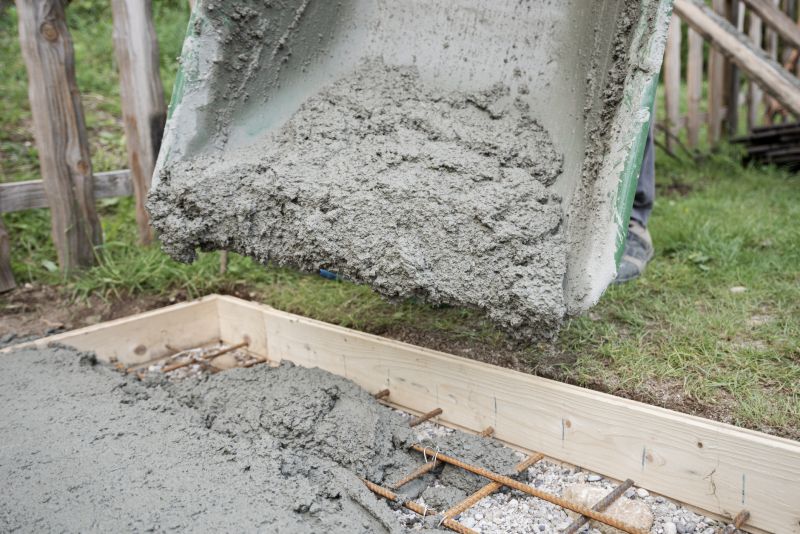
Concrete being poured during the spring season with moderate weather conditions.
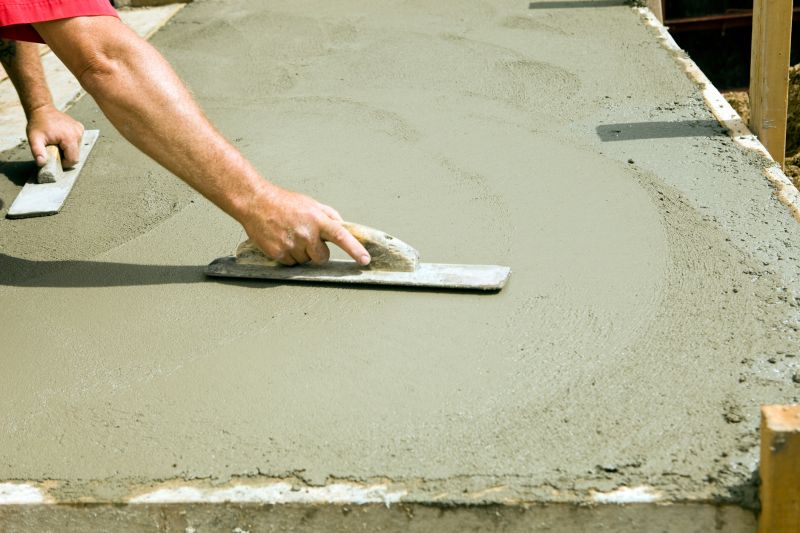
Concrete installation in warm weather, with measures to prevent rapid drying.
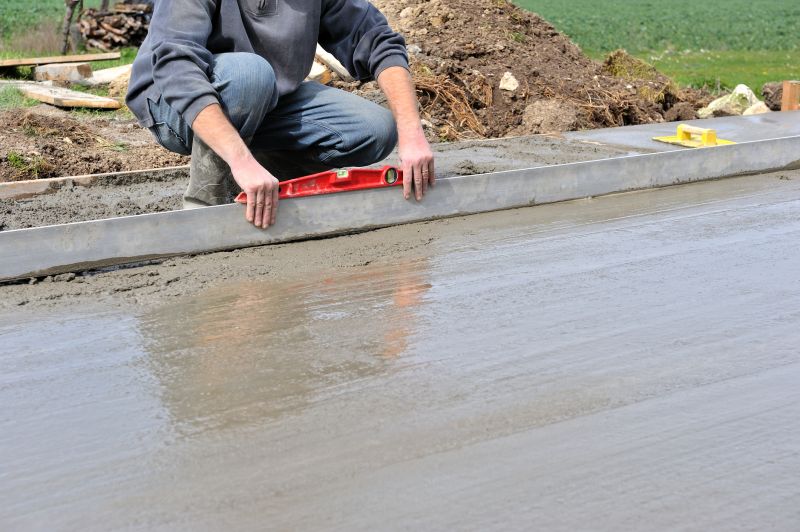
Concrete curing process during cooler fall months for durability.
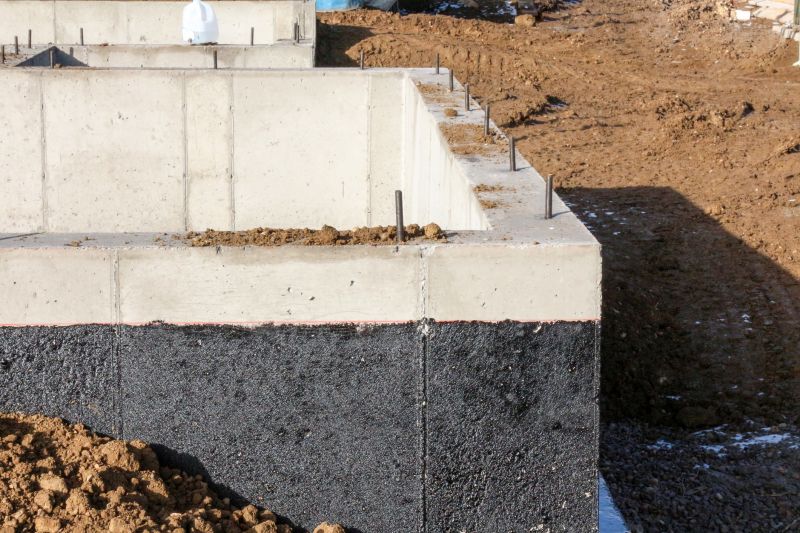
Preparation for concrete work during unpredictable weather conditions.
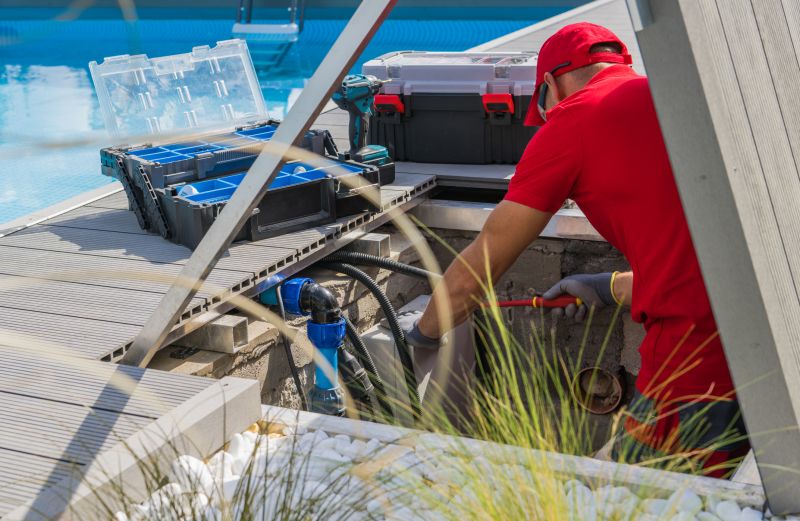
Technicians monitoring temperature during concrete pouring.
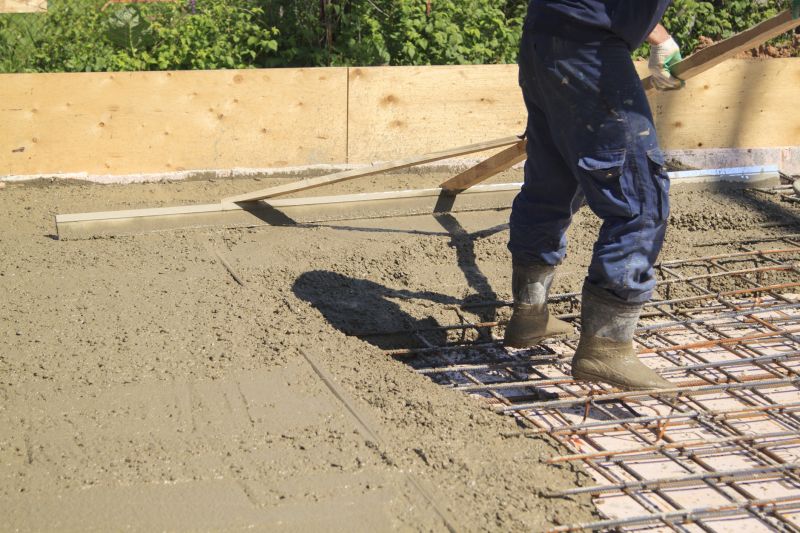
A sizable concrete installation scheduled during optimal weather.
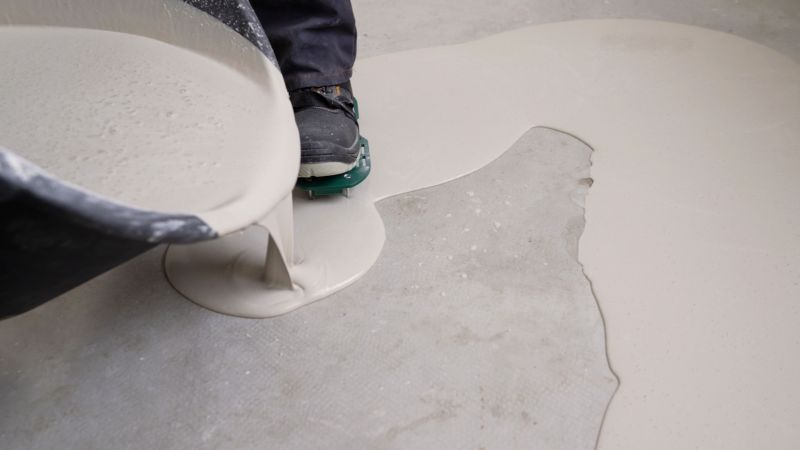
Finishing touches on freshly poured concrete under ideal conditions.
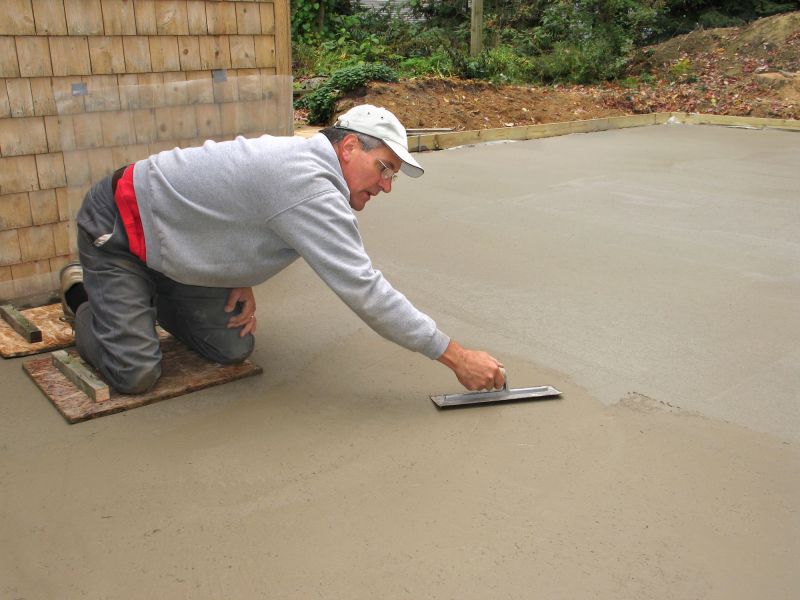
Planning concrete projects according to seasonal weather patterns.
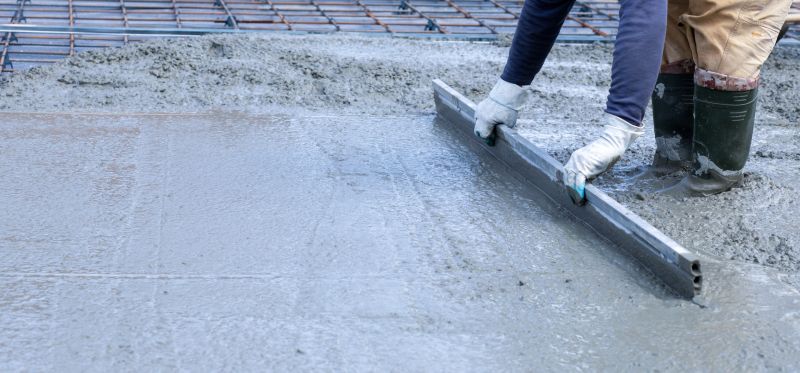
Maintaining proper curing during colder weather with insulation techniques.
| Season | Ideal Conditions |
|---|---|
| Spring | Moderate temperatures, low humidity, dry weather |
| Summer | Warm temperatures, precautions against rapid drying |
| Fall | Cooling temperatures, stable weather |
| Winter | Not recommended in freezing conditions without safeguards |
| Late Spring | Optimal for large projects with predictable weather |
| Early Fall | Good for curing and finishing work |
Concrete installation involves precise timing to ensure the material cures properly and achieves the desired strength. Proper weather conditions contribute to the quality of the finished product, with ideal temperatures facilitating hydration and reducing the risk of cracks or surface defects. Planning concrete work during suitable seasons can lead to better durability and lower maintenance needs.
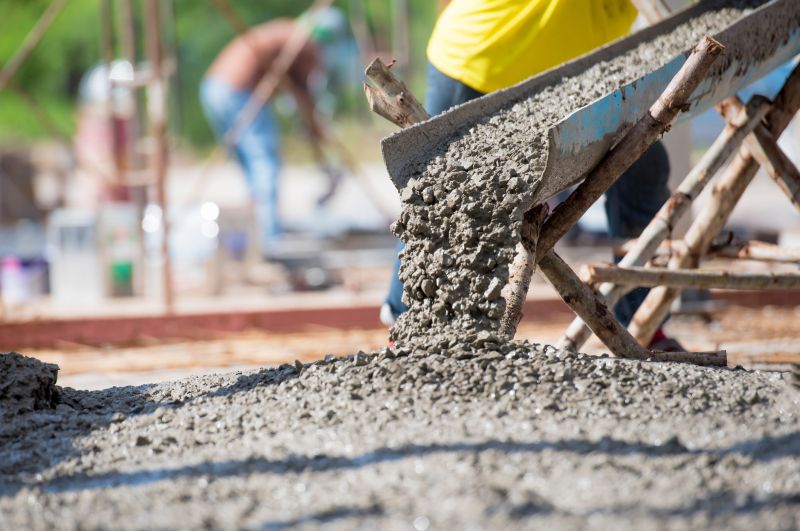
Concrete being poured in optimal spring conditions.
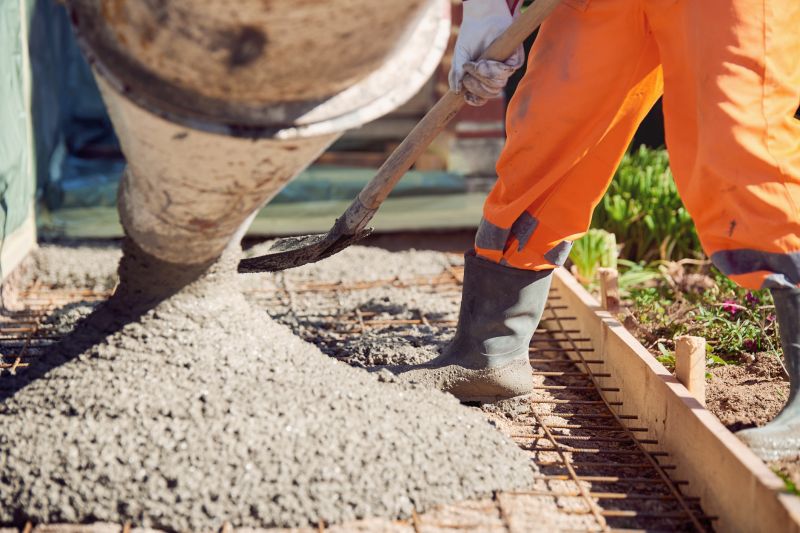
Ensuring proper curing during warm months.

Final touches in favorable autumn weather.
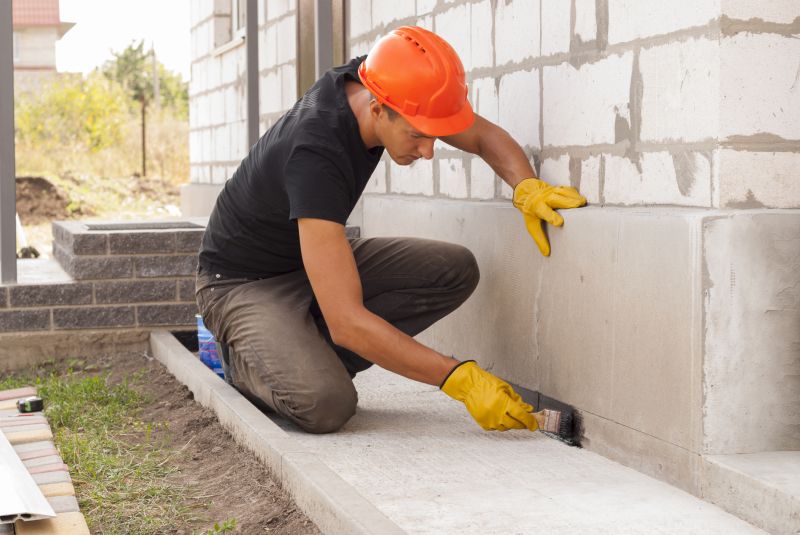
Protective measures during cold weather concrete work.
Scheduling concrete installations during the most suitable seasons enhances the longevity and performance of the finished surface. Proper planning, combined with weather monitoring, helps prevent common issues such as cracking, surface scaling, and delayed curing. For projects in Modesto, California, spring and fall are generally the most favorable periods for concrete work.
Professional advice can help determine the best time for specific project needs.
Continuous weather assessment minimizes project delays and issues.
Adjusting techniques based on seasonal weather ensures quality results.
Timing and proper curing contribute to the longevity of concrete surfaces.

